Windows Installation Timing Strategies
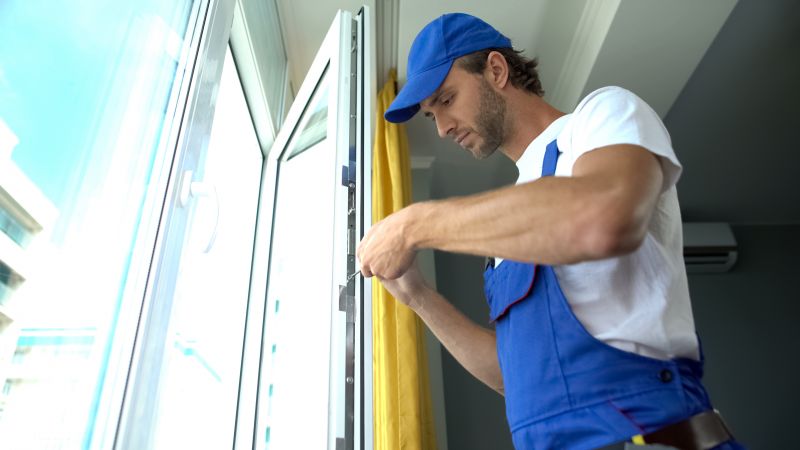
Spring offers moderate temperatures and longer daylight hours, ideal for system upgrades.
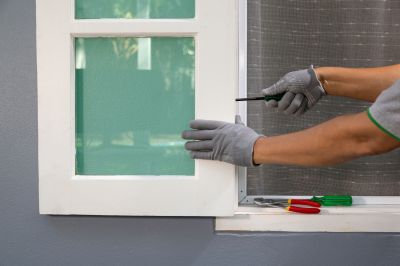
Summer can be suitable with proper planning to avoid heat-related issues during setup.

Fall provides cooler weather and less disruption, making it a convenient time for Windows setups.
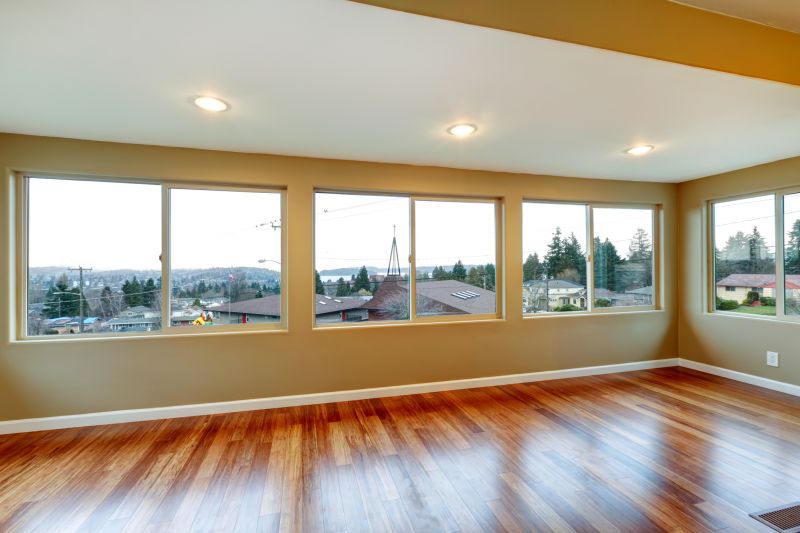
Ways to make Windows Installations work in tight or awkward layouts.

Popular materials for Windows Installations and why they hold up over time.

Simple add-ons that improve Windows Installations without blowing the budget.

High-end options that actually feel worth it for Windows Installations.
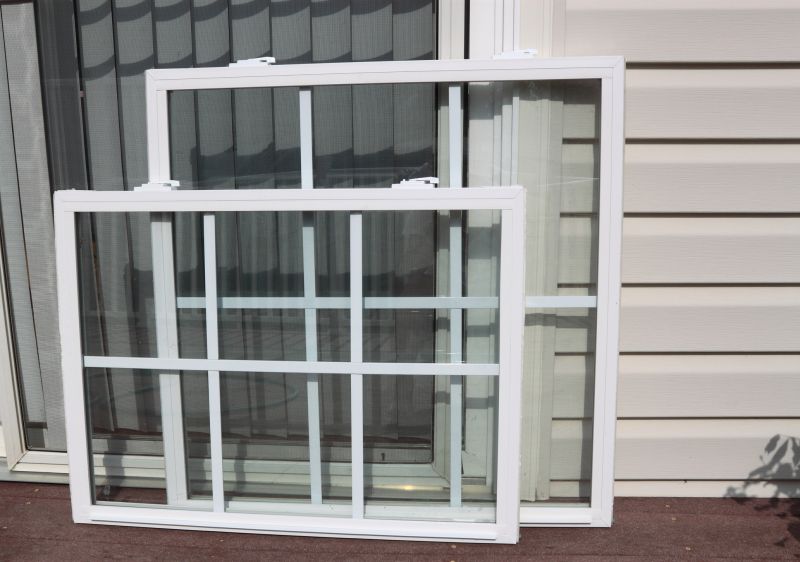
Finishes and colors that play nicely with Windows Installations.
Windows installations are critical for ensuring optimal performance and security. Timing plays a vital role in minimizing disruptions and maximizing efficiency. Proper scheduling can reduce downtime and ensure that updates or new setups are completed smoothly.
Statistics indicate that the majority of installations occur during the spring and fall months, aligning with periods of moderate weather and lower operational demands. Planning installations during these times can lead to fewer technical issues and quicker resolution of potential problems.
Scheduling Windows Installations during optimal periods can enhance system stability and reduce interruptions.
Weather conditions, workload cycles, and availability of technical support influence the best timing for installations.
Ensure backups are completed and systems are updated before scheduling an installation.
Installing during peak workload periods or adverse weather can lead to delays and technical complications.

Plan during periods of low operational activity for minimal disruption.
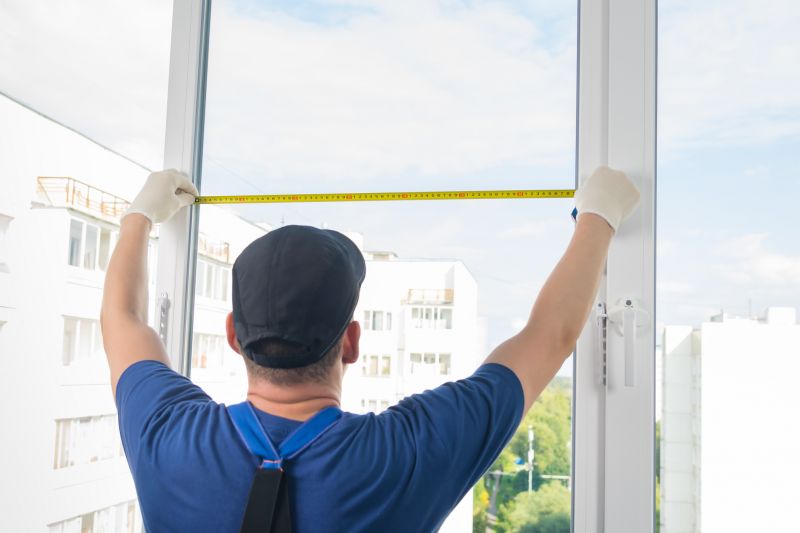
Verify system backups and ensure compatibility before scheduling.

Conduct thorough testing to confirm system stability after installation.

Track system performance post-installation to identify any issues early.

Little measurements that prevent headaches on Windows Installations day.

A 60-second routine that keeps Windows Installations looking new.
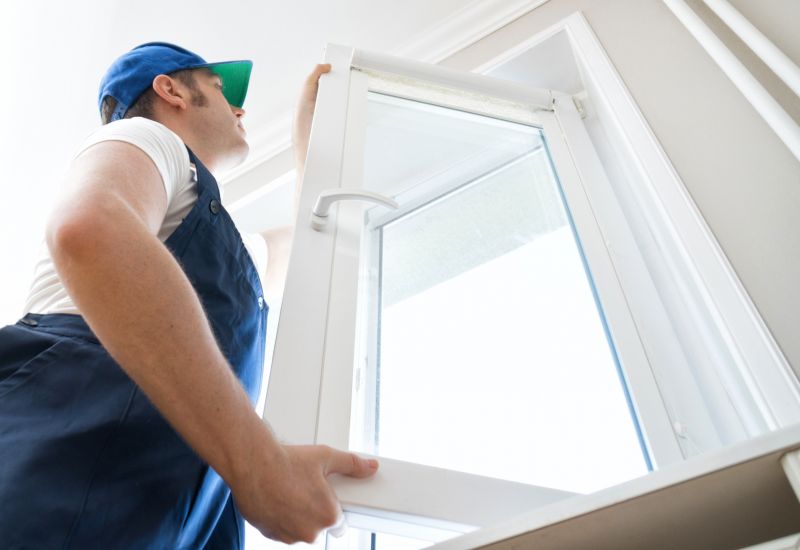
A frequent mistake in Windows Installations and how to dodge it.
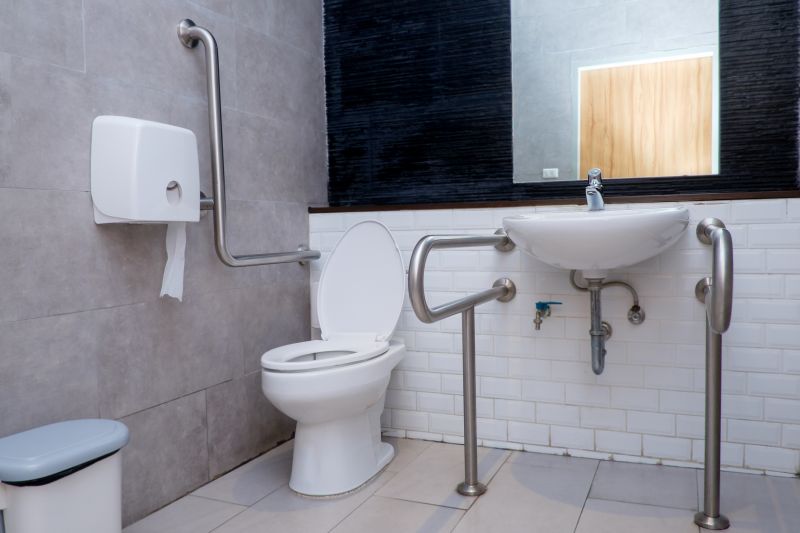
Small tweaks to make Windows Installations safer and easier to use.
| Season | Ideal Timing Considerations |
|---|---|
| Spring | Moderate weather, longer daylight, fewer operational disruptions. |
| Summer | Requires planning around heat and humidity, avoid peak heat hours. |
| Fall | Cooler temperatures, less workload, good for scheduling. |
| Winter | Potential weather delays, but suitable in controlled indoor environments. |
| Early Morning | Less busy, ideal for quick setups. |
| Evening | Convenient for minimizing impact on daily operations. |
| Weekends | Less work activity, suitable for extensive installations. |
| During Maintenance Windows | Scheduled downtime ensures smooth process without interruptions. |

Preparation, execution, and post-installation checks are key steps for success.
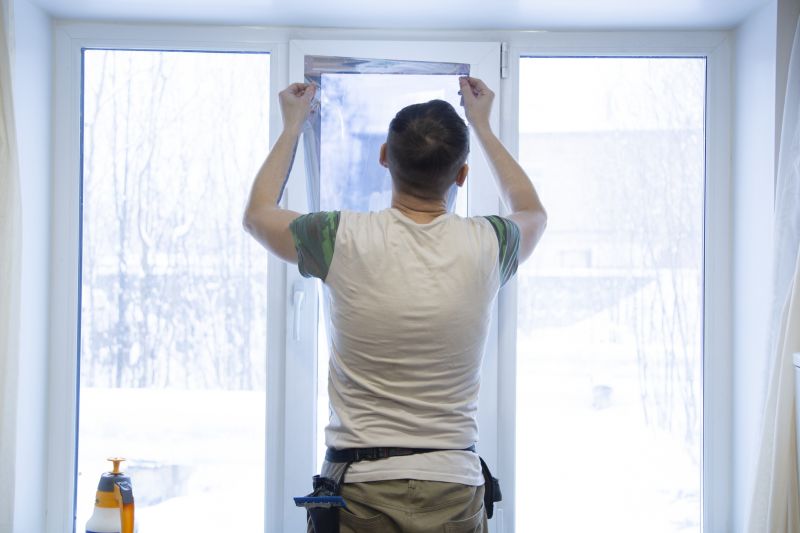
Schedule during low-traffic periods and ensure backups are in place.
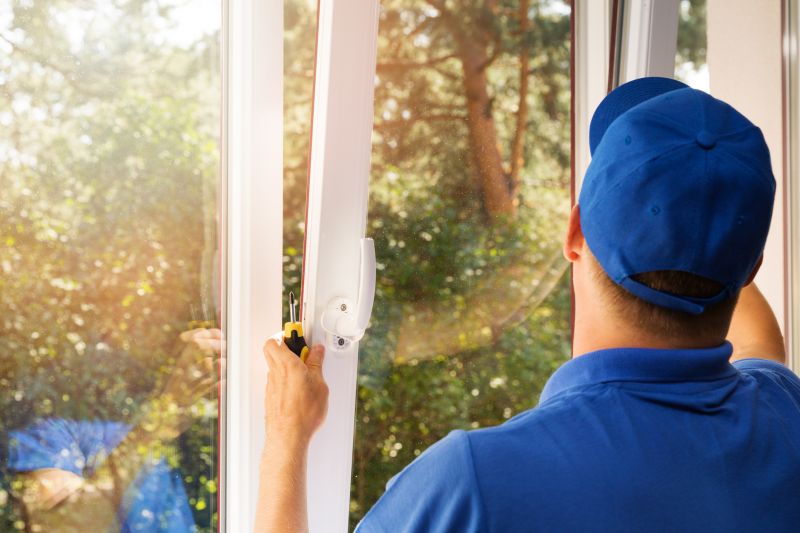
Weather delays and system incompatibilities can impact timing decisions.

Coordinate with support teams during off-peak hours for assistance.

Lower-waste or water-saving choices for Windows Installations.

The short, realistic tool list for quality Windows Installations.

Rough timing from prep to clean-up for Windows Installations.

Quick checks and paperwork to keep after Windows Installations.
Understanding the optimal timing for Windows Installations helps in reducing risks and ensuring a smooth transition. Proper planning and awareness of external factors contribute to successful upgrades and setups, leading to more stable and secure systems.
Interested in scheduling a Windows Installation? Fill out the contact form to get started.

